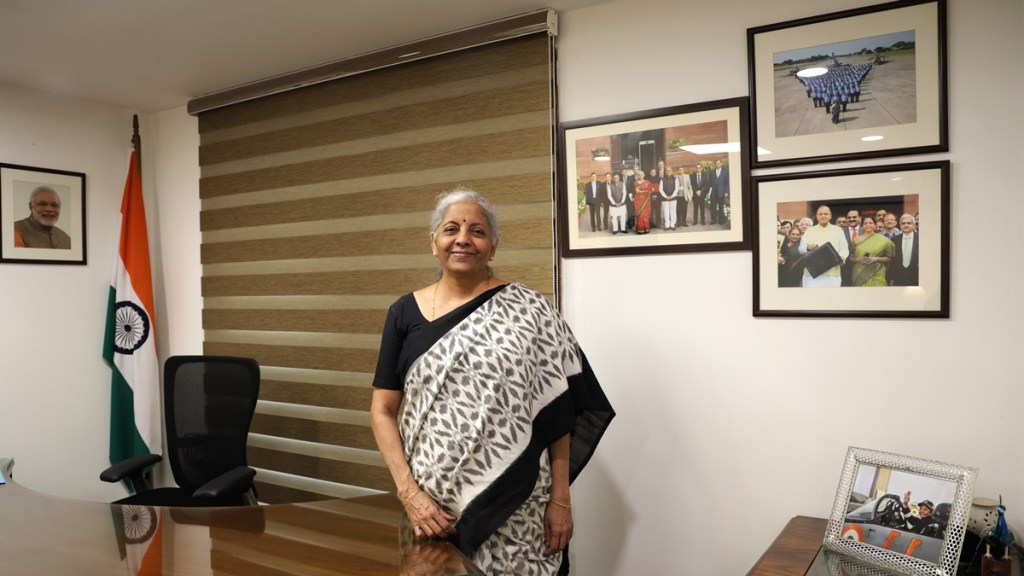The reduction in goods and services tax (GST) rates on hundreds of essential and middle-class goods and services will inject Rs 2 lakh crore into the economy, finance minister Nirmala Sitharaman said on Wednesday.
Addressing the Outreach and Interaction Program on Next Gen GST Reforms at Visakhapatnam, she said 99% of goods under the 12% slab have moved to 5% while 90% items under the 28% tax slab have moved down to the 18% slab.
“With this new gen tax regime, with only two slabs (5% and 18%), Rs 2 lakh crore is injected into the economy. People will have cash in hand,” the minister said.
Major GST restructuring
Several companies, including FMCG giants, are voluntarily offering rate cuts and passing on the benefits to consumers even before September 22, the date when the new tax rates will take effect, she said.
Corporate India has now lost its often-repeated excuse of having to deal with uncertain demand, as the sweeping GST cuts for more than 375 items will result in an enduring consumption binge, Sitharaman had told FE in an interview recently. She had said she would personally monitor from September 22 whether businesses are indeed passing on the GST relief to the consumers
On September 3, the GST Council approved a major restructuring of the indirect tax by pruning the number of main slabs to two–5% and 18%–and introducing a special 40% rate for sin goods, a move that will lower the tax incidence on a wide section of businesses, and benefit the end-consumers. The 12% and 28% rates have been abolished.
The minister said the government kept five filters before undertaking the rate rejig – reduction of rate for poor and middle class, fulfilling aspirations of middle class, benefiting the farming community, MSME and sectors that are useful for the country in creating jobs and export potential.
Revenue impact and GST growth
She said the GST revenues grew to Rs 22.08 lakh crore in FY25 from Rs 7.19 lakh crore in FY18, indicating the solid growth trajectory despite the Covid impact in FY21 and FY22.
The taxpayer’s number also grew from 6.5 million to 15.1 million during the period. Sitharaman said the GST Council is a prime example of cooperative federalism.
The government has estimated a net revenue loss of Rs 48,000 crore due to GST rate cuts, which should get offset in the current financial year itself, due to higher consumption both in urban and rural areas.
Separately addressing the CII GCC Business Summit in Visakhapatnam, Sitharaman said Global Capability Centres (GCCs) have a far-reaching impact on economic growth, competitiveness and human capital development.
“In order to maximise the impact, what’s needed is aligning national and state-level policies and adapting policy instruments to ensure that each state builds on its unique comparative advantage,” she said.
Building livability and infrastructure ecosystems that allows Tier-2 and Tier-3 cities to emerge as centres of excellence that can attract global talent, encourage corporate reinvestment and host high-value innovation and service delivery, offering credible alternatives to Tier-1 metros., she said.
The Central Government is committed to partnering with states in this endeavor, by building capacity and addressing ecosystem needs, she added.

